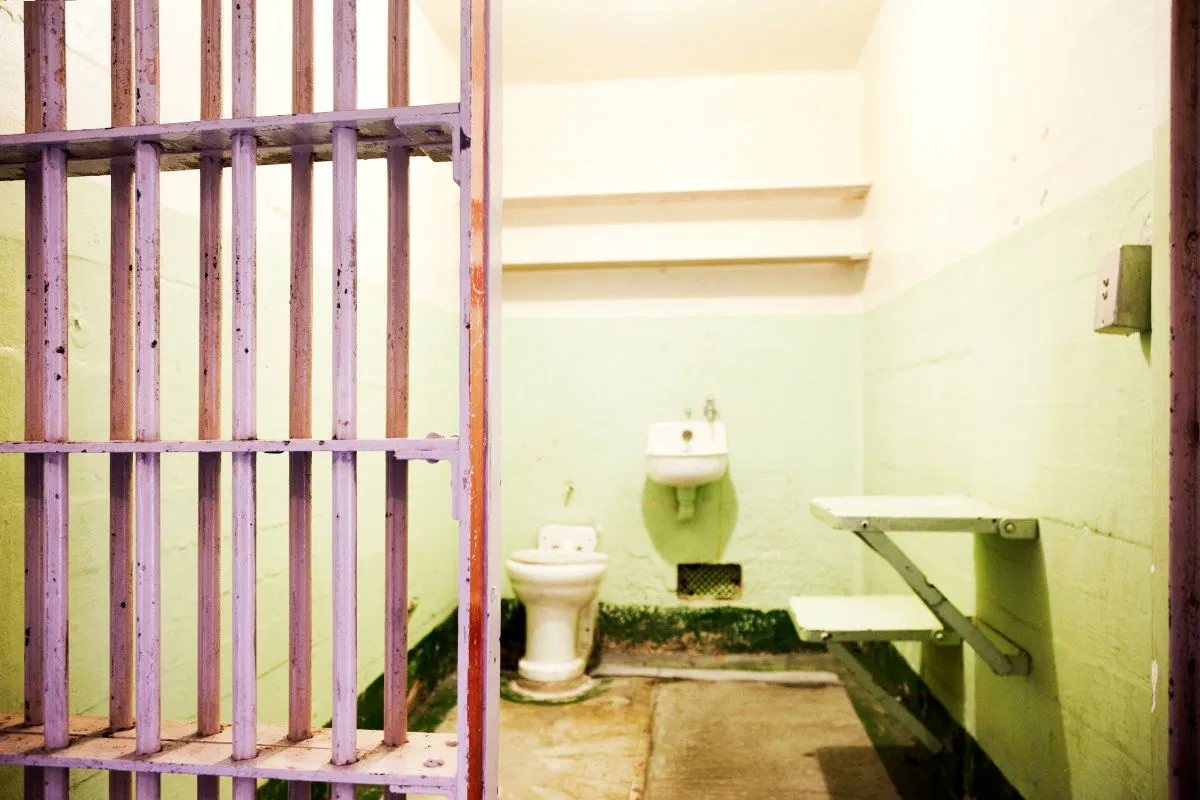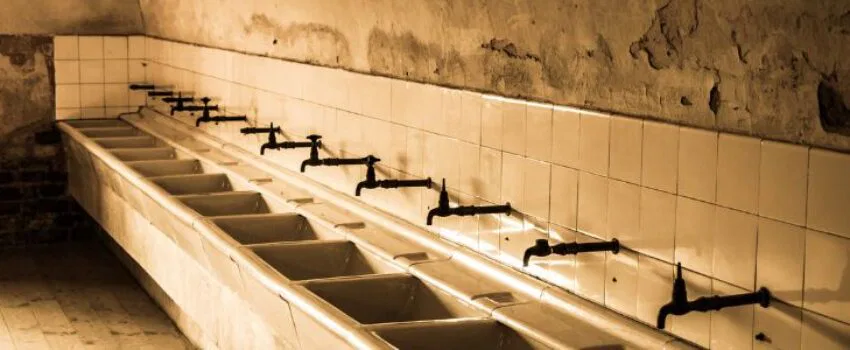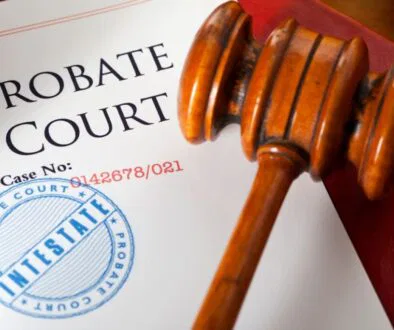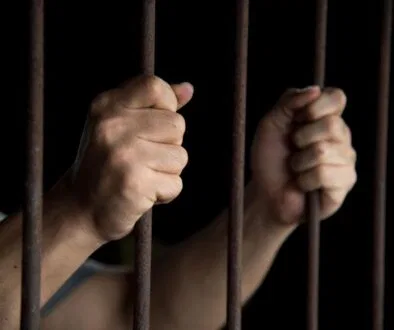Prison Bathrooms: Everything You Wanted To Know

Published April 1, 2024
When learning about the prison system, you might think that prison bathrooms are irrelevant topics. Surely, there are many more interesting topics and facts to cover about lockup life. But prison bathrooms can be a topic full of facts that might blow you away. Moreover, learning about them can be fun.
This article will cover everything you need to know about prison bathrooms. Be ready; not everything is as it seems. Let’s start.
Where Are Toilets Located in Prisons?
Firstly, wet cells are the industry term for a cell with a toilet and sink.
Typically, you will find wet cells in medium and maximum-security prisons or high-security spaces within a jail. In many minimum security prisons with dormitory-style housing, communal bathrooms are the norm.
Water Waste and Control in Prison Bathrooms
Prisoners are flushing their toilets 35 to 65 times every day. By comparison, a typical single-family household may flush a single toilet 10 to 12 times daily.
The number is so high partly because of the many uses of prison toilets, which will tap into just a few. But also, flushing their toilet is the only thing an inmate has complete control over. They are directed when to eat, shower, sleep, and go outside. They do not even have power over the light in their cells. The toilet flush is one environmental thing they have agency over. It shows that they can exercise that control as they wish.
Why Are Prison Toilets Made From Stainless Steel?
Prison toilets being stainless still is more of the design and engineering. Stainless steel is far more robust and vandal-resistant than the conventional porcelain toilet. The latter is easy to crack or shatter. Thereby, it can create dangerous and even deadly shards. Stainless steel is coby, urinal, and virtually indestructible.
Prison toilets can also be designed without small holes or gaps so inmates cannot hide contraband. The flush mechanisms and traps are entirely enclosed to prevent tampering.
Creative Uses for Prison Toilets
1. Toilet talking
Toilet talking is quite common in toilet units. Numerous cells on varying floors share the same waste pipe, which they ought to use as an amplifier. For example, a first-tier prisoner can talk to an inmate several floors up if they both empty all the water out of their toilet.
2. Toilet fishing
Toilet fishing is a lot like toilet talk. Inmates use the main waste pipe to communicate, but in it, notes, contraband, and even food wrapped in plastic are passed.
The person at the top of the waste pipe ties the note or contraband to a line and flashes it down to the prisoner below. The prisoner on the receiving end stuffs something in their toilet, such as bedding, to catch the item.
3. Washing clothes
Most prisons have a laundry service. However, there are times when jailers don’t want to wait for their clothing to be freshly laundered.
The toilet bowl holds a lot of water. Cleaning a pair of socks or T-shirts quickly is convenient. The flush can also supply a good enough rinse cycle.
4. Cooking food
In the event inmates do not have access to a microwave, the toilet offers an unconventional cooker. Prisoners can drain warm water from the sink to the toilet. They can place the food in a plastic bag and let it sit in the toilet bowl to heat up.
5. Cooling drinks
Room-temperature milk is not appealing, and it does not keep very long. Inmates often put the carton into their toilet bowl to keep their drinks cool.
6. Working out
Some unique workouts are available for those looking to stay in shape while incarcerated. For example, inmates can do triceps dips by putting their hands on their chairs and then lowering their bodies toward the ground.
Prison Showers
Showering facilities tend to be the same in both dorm and cell-based housing. In general, showers are of the single-head variety. An inmate can close a shower curtain or a swinging door for privacy.
In some facilities, there are shower rooms. They consist of a room with four or more shower heads for multiple lockups to use at one time. Here, prisoners usually still try to shower alone or with a friend. While prison movies and shows tend to paint shower rooms as avenues of violence and sexual assault, it is often not the truth.
You may have spotted movies consisting of prison rape scenes that take place in the shower rooms. Yet, it isn’t generally accurate. Most shower rooms are instilled at the lower security levels. Higher security levels tend to be individual stalls. Still, inmates can fight in showers. If that occurs, just stay out of the way, finish up, and get going.
If your prison has shower stalls, assume no one has left a shirt or towel on the door, and simply walk up, place your clothing and towel, and then take a shower. If there is clothing on the door, it is best to wait. Prisoners can sometimes reserve showers.
Like many areas of prison life, such as searches and monitoring of communications, using the restroom along with showering is just one of those areas where you will gradually become used to it. It might feel weird at first, yet eventually, such use will no longer be deemed unusual.

ADVERTISEMENT
Frequently Asked Questions About Prison Bathrooms
1. What does a solitary confinement cell look like?
A solitary confinement cell is often described as a stark and austere environment. It is typically very small and practical in design. The interior includes a bed, which is a concrete slab with a thin mattress, a toilet-sink combo, and a small table. The overall appearance and atmosphere of the cell are intended to minimize stimulation and interaction.
2. How bad is solitary confinement?
The evidence yielded from various studies and reports underscores the severe and detrimental impacts of solitary confinement. This form of incarceration has been linked to a range of adverse outcomes:
- Increased psychological distress
- Suicidal thoughts and behaviors
- Cognitive and emotional effects
- Long-term psychological damage
- Worsening of physical health conditions
- Nutritional and digestive issues
3. Is solitary confinement loud?
Solitary confinement can indeed be extremely loud. The noise often comes from various sources., including the behavior of the inmates themselves and the operation of the facility. Inmates may resort to shouting, banging on the steel doors, or engaging in other disruptive behaviors such as communication or expressing frustration and distress.
4. Do you lose your mind in solitary confinement?
The severe psychological impacts of solitary confinement can lead to profound mental health crises and long-lasting damage.
Prison bathrooms are not just bathrooms. They are so much more and they covers stories and truth about the justice system and its culture.
Reduce Your Jail Call Costs By Up To 90% Per Minute With GlobalTel
GlobalTel’s inmate calling service lowers jail call per minute rates by up to 90% for jail calls from US facilities. Sign up now and use the special jail call phone number we create for you to eliminate the long distance jail call fees. Try GlobalTel for only $45.99 for 90 days. Make US/domestic and international jail calls at the local rate and stay connected to your incarcerated loved ones for less. Learn more about how to sign up for calls from inmates here.

This Content Is Fact Checked
Our esteemed team of specialists has thoroughly validated the accuracy of this information. Discover further details about the rigorous editorial guidelines for our website here.
ADVERTISEMENT

About The Author
I am Tracy Gorman, a seasoned writer with a passion for crafting content on various subjects. I possess the expertise to delve into any niche and deliver exceptional articles.




